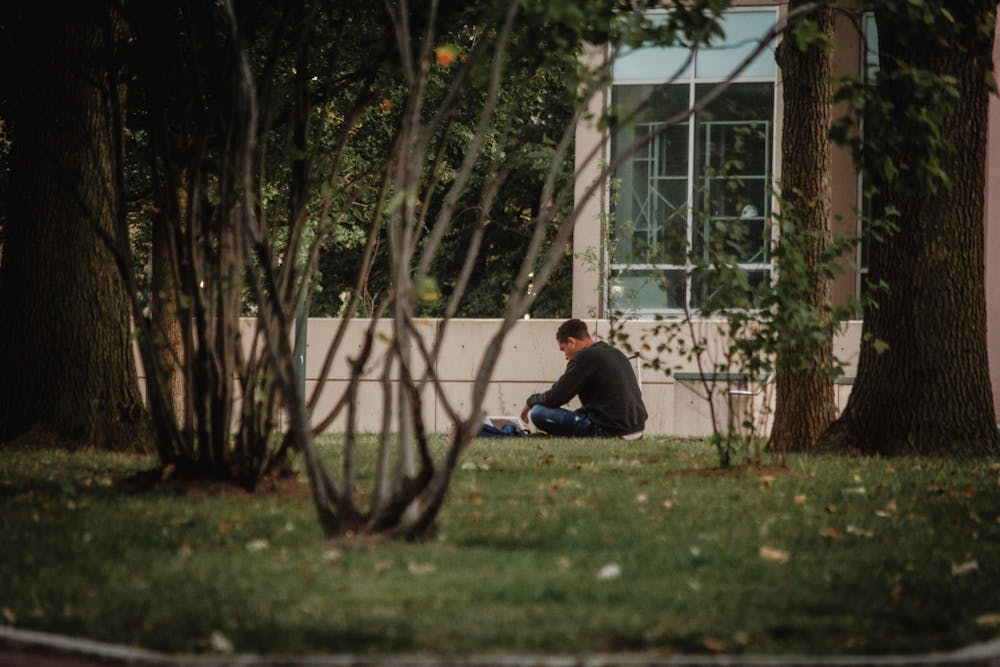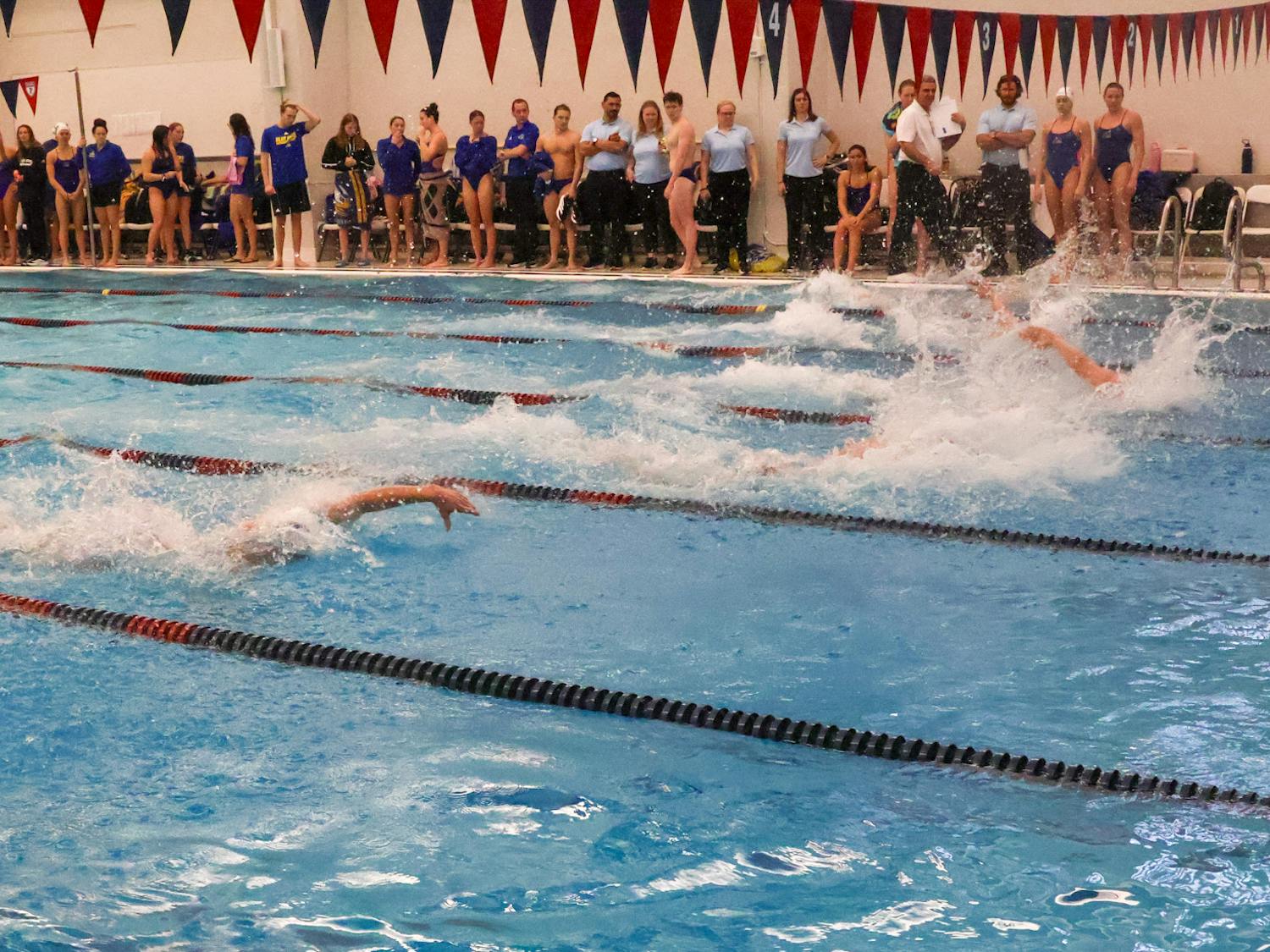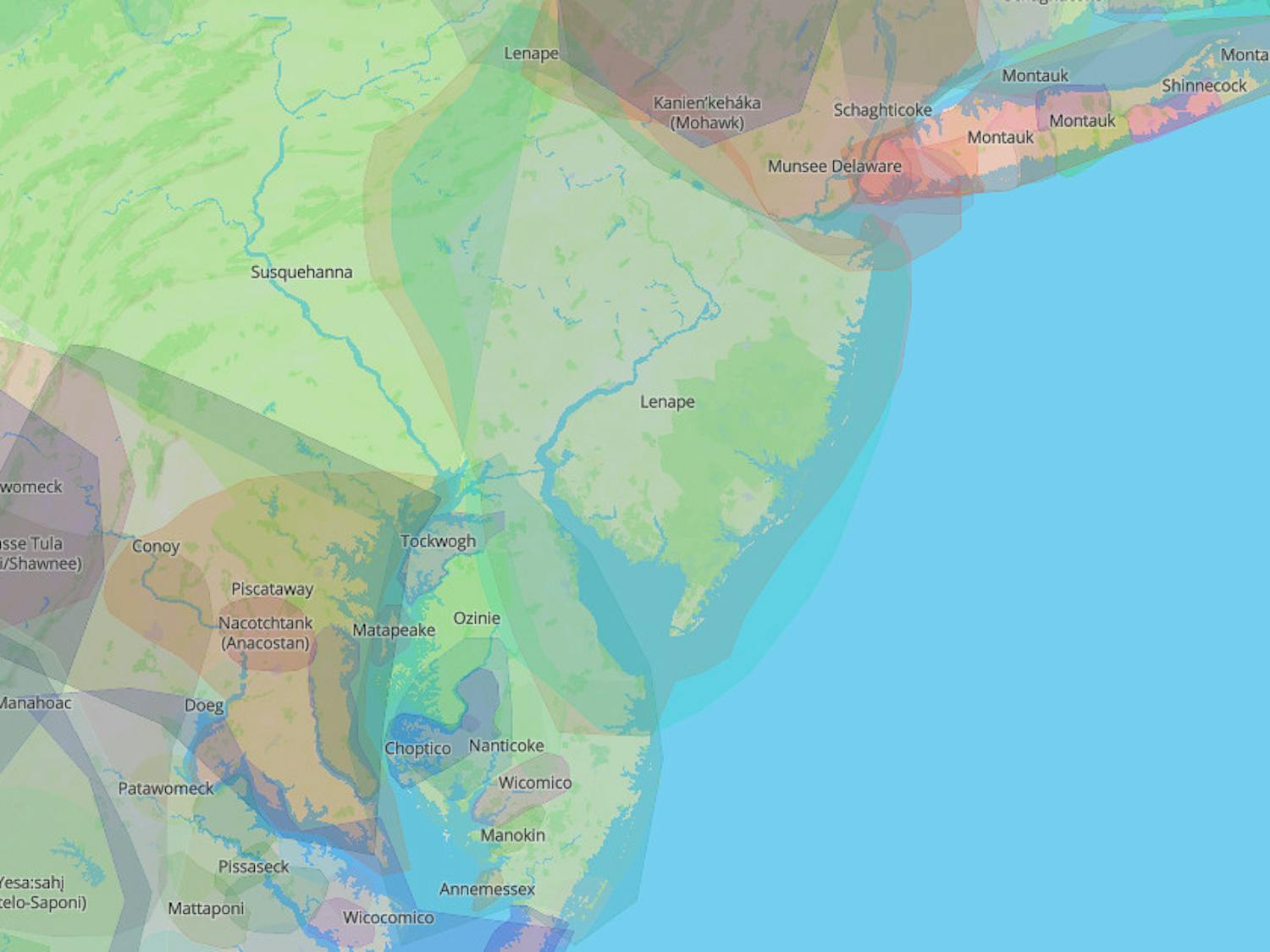In the days before the COVID-19 pandemic, many Penn students were already exhibiting behavior resembling a quarantine. Instead of doing so in their homes and apartments, they were stuck in the narrow section of Philadelphia between 30th Street and 42nd Street, Market Street and Baltimore Ave. They were in the “Penn Bubble.”
The Penn Bubble is the region of Philadelphia directly around Penn’s campus. Many Penn students seldom leave this region, orienting their social, professional, and academic lives within the campus. As Emily Johns wrote in a 2014 34th Street article, “it is easy to forget that we are actually residents of the city of Philadelphia, not just Penn.”
It might be confusing to be reading about the Penn Bubble in the midst of a global pandemic. In fact, its existence does more good than harm in the current context. However, one must realize that the Penn Bubble is a phenomenon that extends beyond its geographical boundaries — it's a symptom of a larger problem. Our reluctance to explore outside our campus might be a reflection of a deep-seated culture that conditions us into limiting our worldview, and it has the potential to blind us from seeing and understanding what goes on beyond the confines of our immediate surroundings. Even though we’re now stretched across the world, we’re still very much in the Penn Bubble.
In many ways, we are defined by the communities with which we choose to engage on campus, and understanding what these communities are and how we engage with them is crucial in understanding the Penn Bubble. Many Penn students choose to participate in finance and consulting clubs, a segment of hyperfocused and hypercompetitive student organizations. The application and interview processes for these clubs can be intimidating, but their popularity highlights the pre-professional culture that defines us. We’re deeply competitive, which can be a motivational fuel, but can also contribute to a myopic mindset that blinds us from better understanding the world around us.

Fortunately, this has been mitigated recently. The past several months have forced us to open our eyes to injustices around us. Nationally, protests have reignited a discussion on police brutality and the role that large institutions play in perpetuating racism in the United States, and many at Penn — both students and faculty — have led those discussions. Early last week, Jessica Gooding urged Penn to actually follow through on its claims to support racial injustice by implementing mandatory coursework discussing the history of race in the United States. Likewise, Professor Gerald Campano from our Graduate School of Education reminded us that Penn’s long-standing unwillingness to pay PILOTs (payments in lieu of taxes), year after year, starves the city and the school district of much-needed funding.
However, the Penn Bubble is insidious in how it can exhibit as a cognitive dissonance that permeates the psyche of the Penn student. We can be aware of — and even voice our opinions against — the injustices around us, but living in the Penn Bubble tends to normalize hypocrisy in how we conduct ourselves. We can be “woke” on social media, then remain actionless about the issues we claim to care about. We can be aware of the devastation caused by COVID-19, but still not feel an obligation to halt parties soon after returning to campus.
The first step to breaking the Penn Bubble is being aware of the fact that we’re in it. But actually escaping it requires us to willingly look at the ways we contradict ourselves in our daily lives. It requires a conscious effort to undo our biases, undo our short-sighted worldviews, and undo our insularity.
SEE MORE FROM VARUN SARASWATHULA:
Varun Saraswathula | The election is in three months, but you need to think about it now.
Varun Saraswathula | Doctors are facing a silent mental health crisis — and they need help

VARUN SARASWATHULA is a College junior from Herndon, V.A. studying the Biological Basis of Behavior and Healthcare Management. His email is vsaras@sas.upenn.edu.









